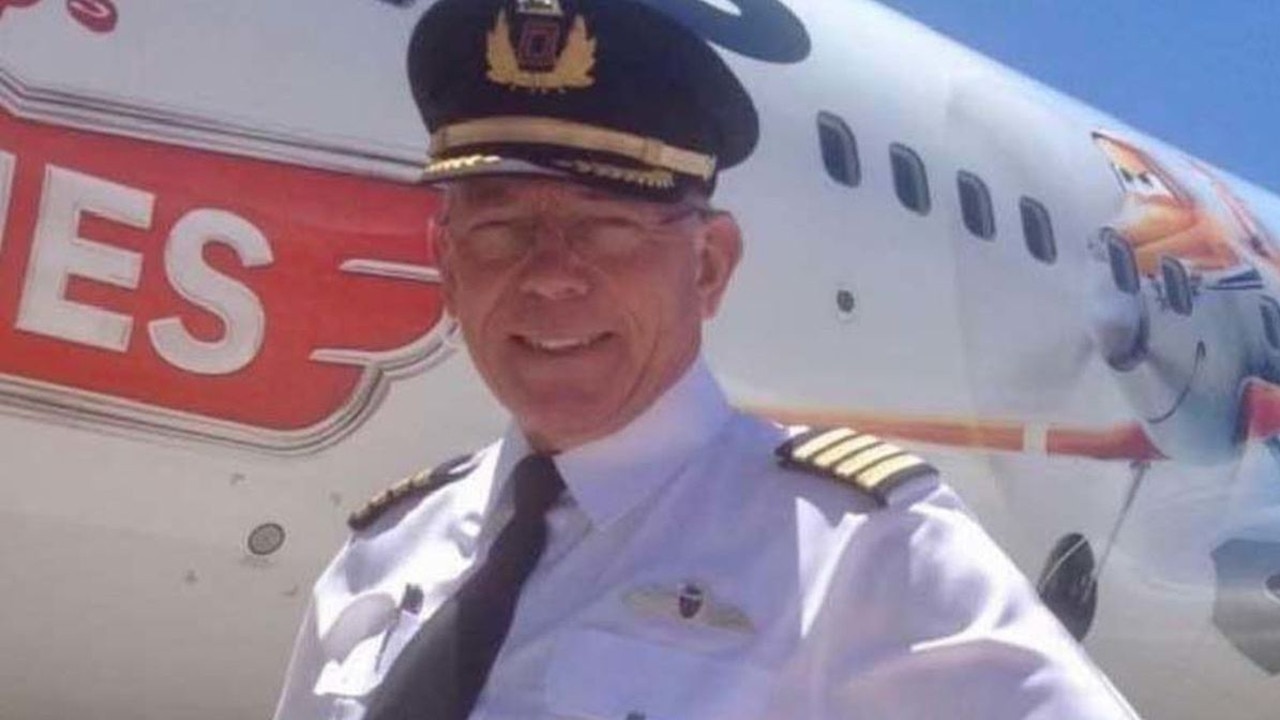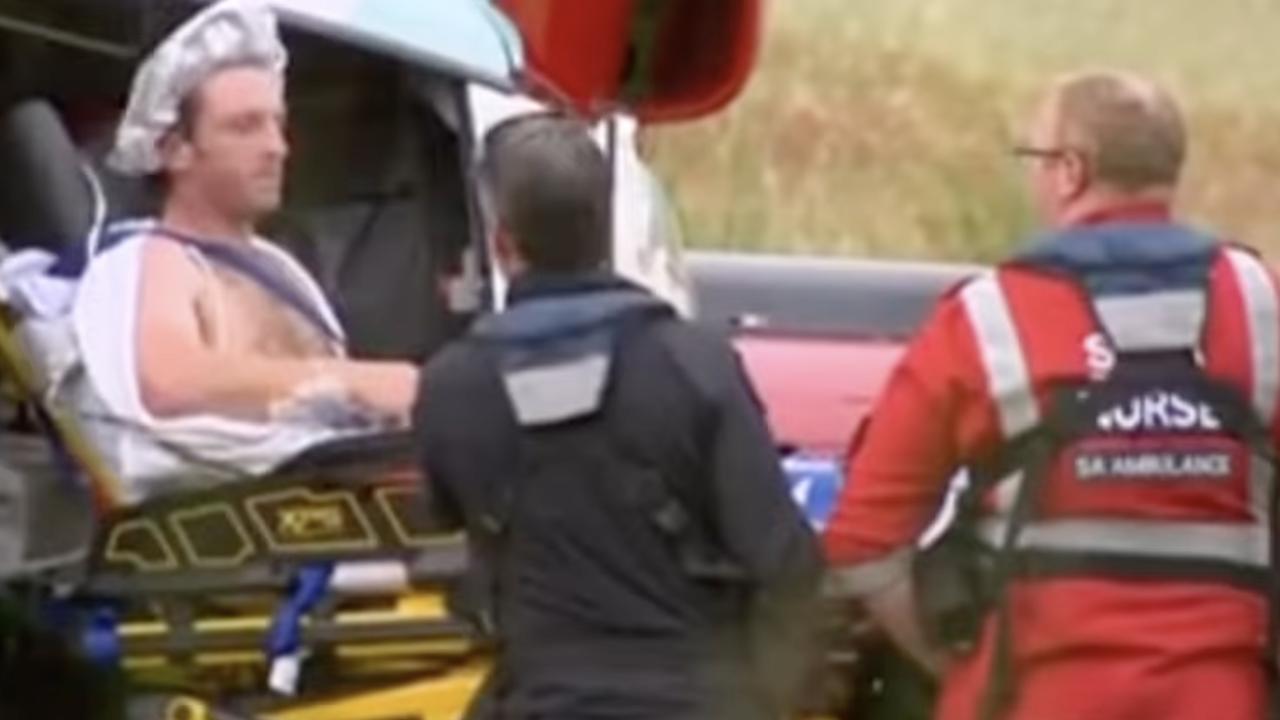Apocalyptic scenes as volcanic eruption on Iceland’s Reykjanes peninsula spews ‘fountains’ of lava into the sky
Passengers were left in complete and utter shock after a volcano erupted while they were flying over Iceland with “fountains” of lava bursting into the sky.
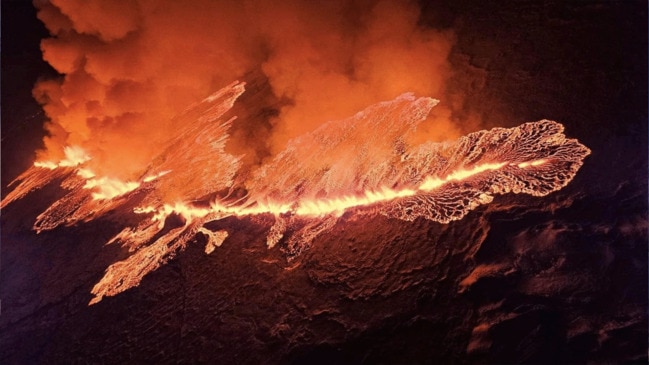
A volcano has erupted in the southwest of Iceland, creating apocalyptic scenes and shooting geysers of molten lava into the sky.
Some passengers flying over the small island were able to capture mind-blowing footage of the eruption taking place on the Reykjanes peninsula, a short distance north of a town called Grindavik.
It started on Monday night, local time, after weeks of seismic activity that suggested an eruption was imminent.
“At 10.17pm this evening, a volcanic eruption began north of Grindavik on the Reykjanes peninsula,” the Icelandic Meteorological Office (IMO) said at the time.
“The eruption is located close to Sundhnukagigar, about four kilometres northeast of Grindavik, and it can be seen on nearby cameras.
“The eruption was preceded by an earthquake swarm that started at 9pm.”
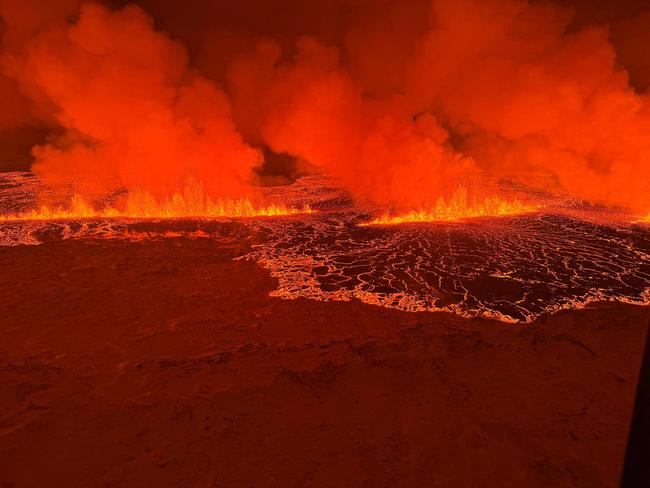
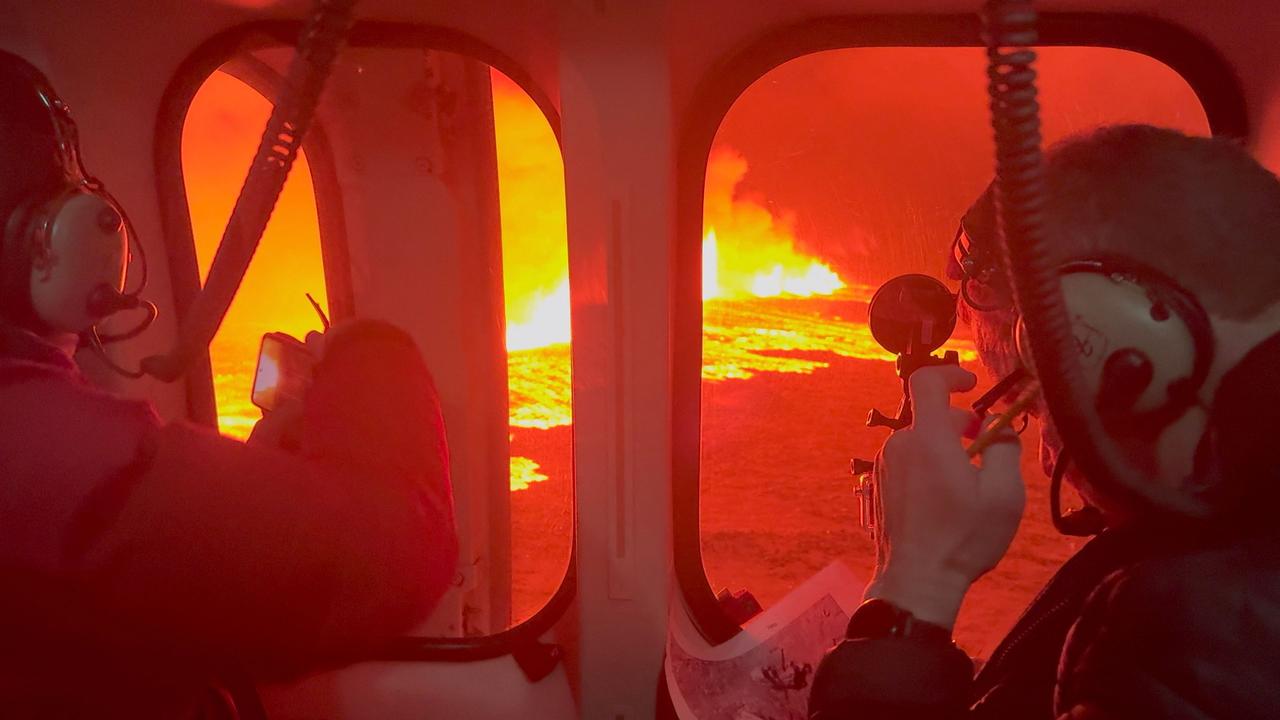
According to the IMO, the eruption fissure then expanded to the south.
“The rate of lava discharge during the first two hours of the eruption was thought to be on a scale of hundreds of cubic metres per second, with the largest lava fountains on the northern end of the fissures,” it said.
“Lava is spreading laterally from either side of the newly opened fissures. From real-time GPS measurements, significant ground deformation has accompanied the opening of the fissures.”
In its most recent update, the body said the “intensity” of the eruption was decreasing, citing seismic and GPS measurements.
“The fact that the activity is decreasing already is not an indication of how long the eruption will last, but rather that the eruption is reaching a state of equilibrium,” it said.
“The eruptive fissure is about four kilometres long, with the northern end just east of Stora-Skogfell and the southern end just east of Sundhnuk. The distance from the southern end to the edge of Grindavik is almost three kilometres.”
Scientists were due to meet on Tuesday to evaluate the eruption’s development.
The United Kingdom’s Met Office said the eruption had caused “vigorous lava fountains” reaching as high as 500 metres.
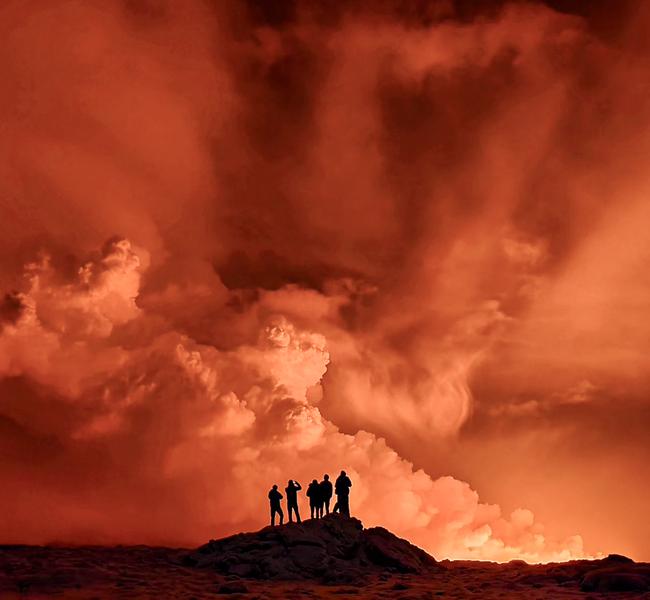

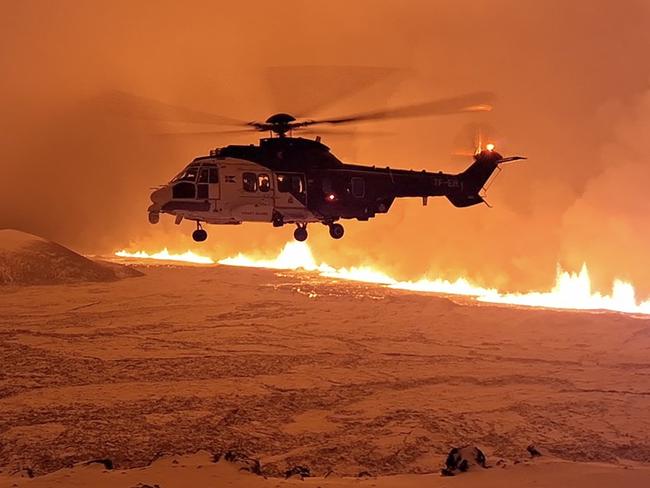
Locals have been warned to leave the area immediately – though photos show some staying behind to watch the effects of the eruption.
Wild footage outside of plane window
So far Keflavik International Airport, in the capital city Reykjavik, has remained open, albeit with a small minority of flights being cancelled or delayed.
Astonishing footage has gone viral on social media showing travellers bound for Suomi in Finland flying over the volcano, while others on board an Icelander flight from Keflavik airport to Berlin and another to Copenhagen were also met with the same astonishing views.
“Delayed flights & unexpected sights! ️Flew over an active volcano erupting in Iceland enroute to Suomi,” one passenger wrote in a Tweet (X), alongside a photo and video of the wild scenes.
“Managed to snap a couple pics from the plane before our flight turned back for repairs. First time seeing lava albeit from afar.”
Delayed flights & unexpected sights! ðŸŒâœˆï¸ Flew over an active volcano erupting in Iceland enroute to Suomi. Managed to snap a couple pics from the plane before our flight turned back for repairs 📸 First time seeing lava albeit from afar! #TravelAdventure #VolcanoViews pic.twitter.com/MRQaoU35L5
— Ryan B Felix (@RyanBFelix) December 19, 2023
Fanar Jonasson, the mayor of Grindavik, has warned it “would be very serious” if lava flows from the eruption started to head towards the town.
“There is actually a possibility of reacting and at least delaying that progress with powerful machines that are in the area,” Mr Jonasson said.
“As things stand, we are not the most worried about this, but it is close enough that it will not be possible to celebrate Christmas in Grindavik.”
He said the location of the fissure was a “relief”, and could have been much worse.
Grindavik’s population had already evacuated, before the eruption, with most travelling the relatively short distance to Reykjavik.
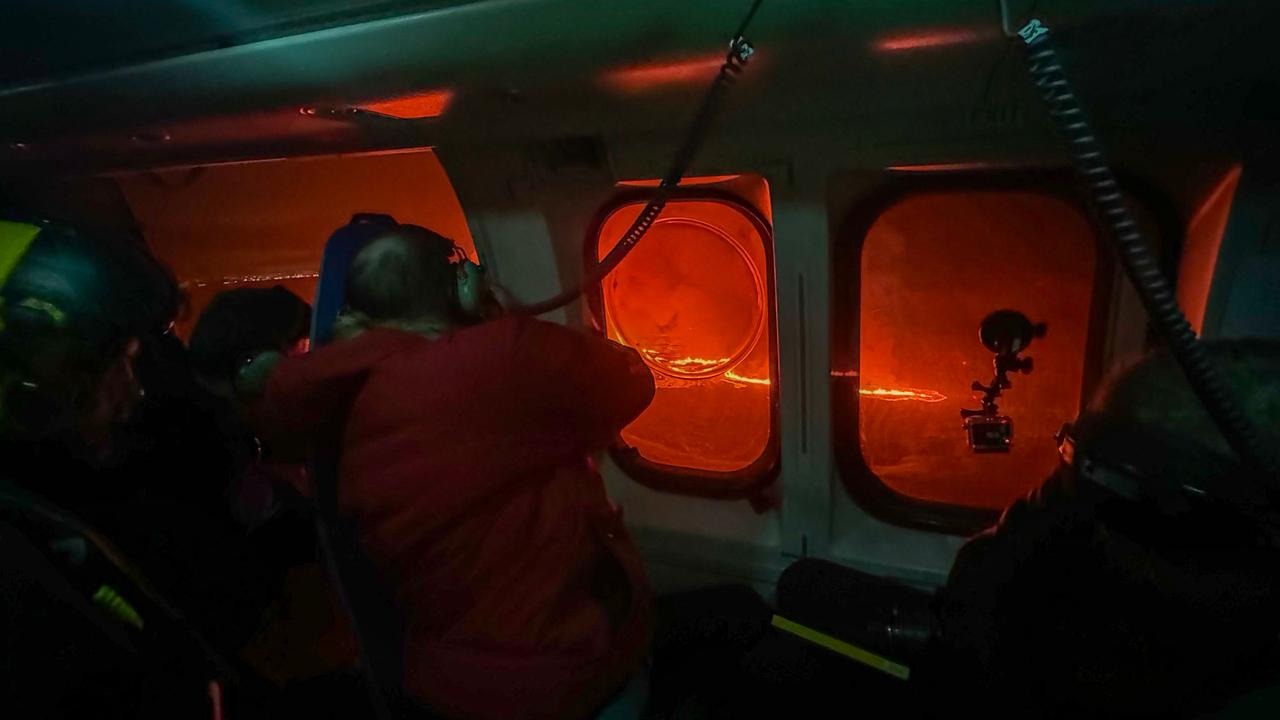

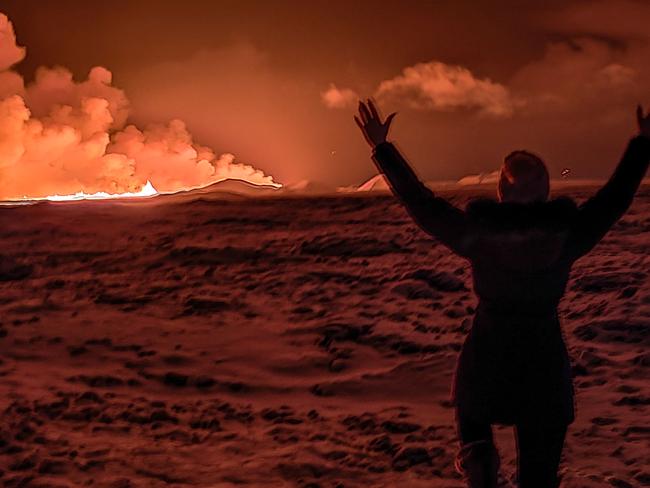
Live-streamed footage of the eruption showed glowing orange jets of lava spewing from a gash in the ground, surrounded by billowing clouds of red smoke.
“We hope for the best but it is clear this is a considerable eruption,” Prime Minister Katrin Jakobsdottir wrote on Facebook at the time.
For weeks, the Nordic country had been anticipating an eruption on the peninsula southwest of the capital after intense earthquake activity, which prompted authorities to evacuate thousands of people and close the Blue Lagoon geothermal spa, famed for its turquoise waters.
“We now wait to see what the forces of nature have in store,” President Gudni Thorlacius Johannesson wrote on Twitter.
He added that protecting lives and infrastructure was the priority.
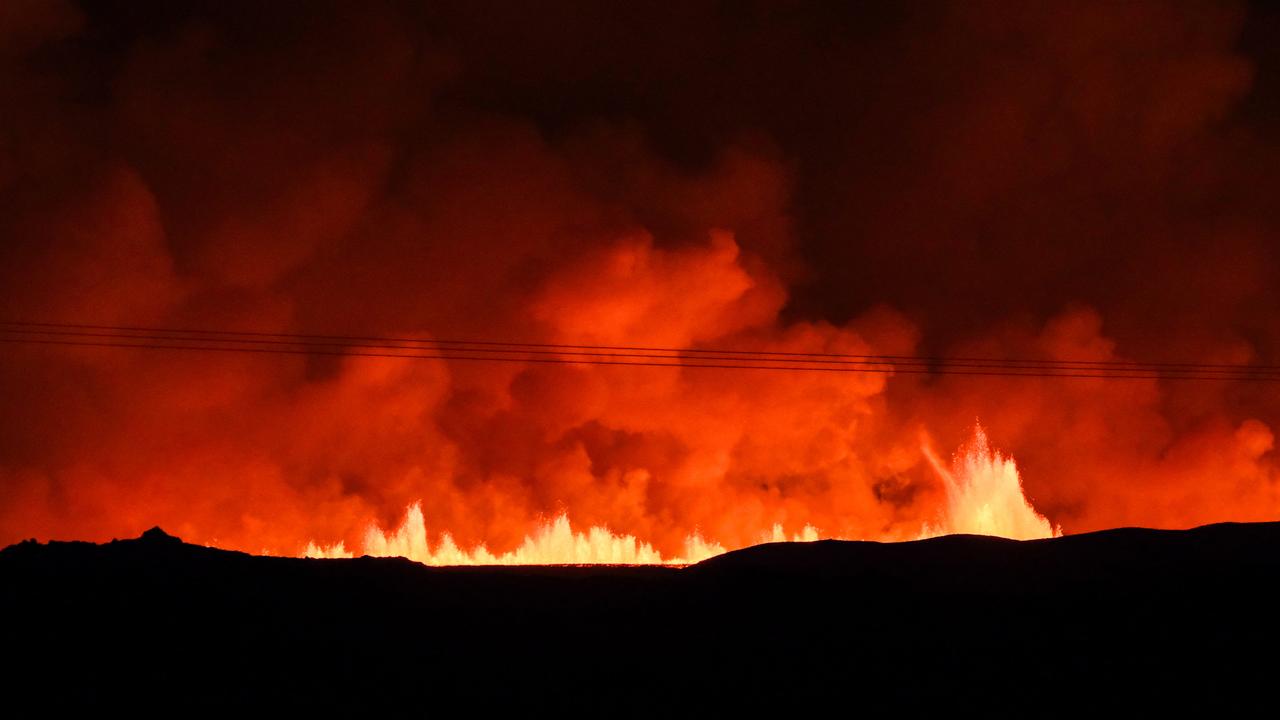
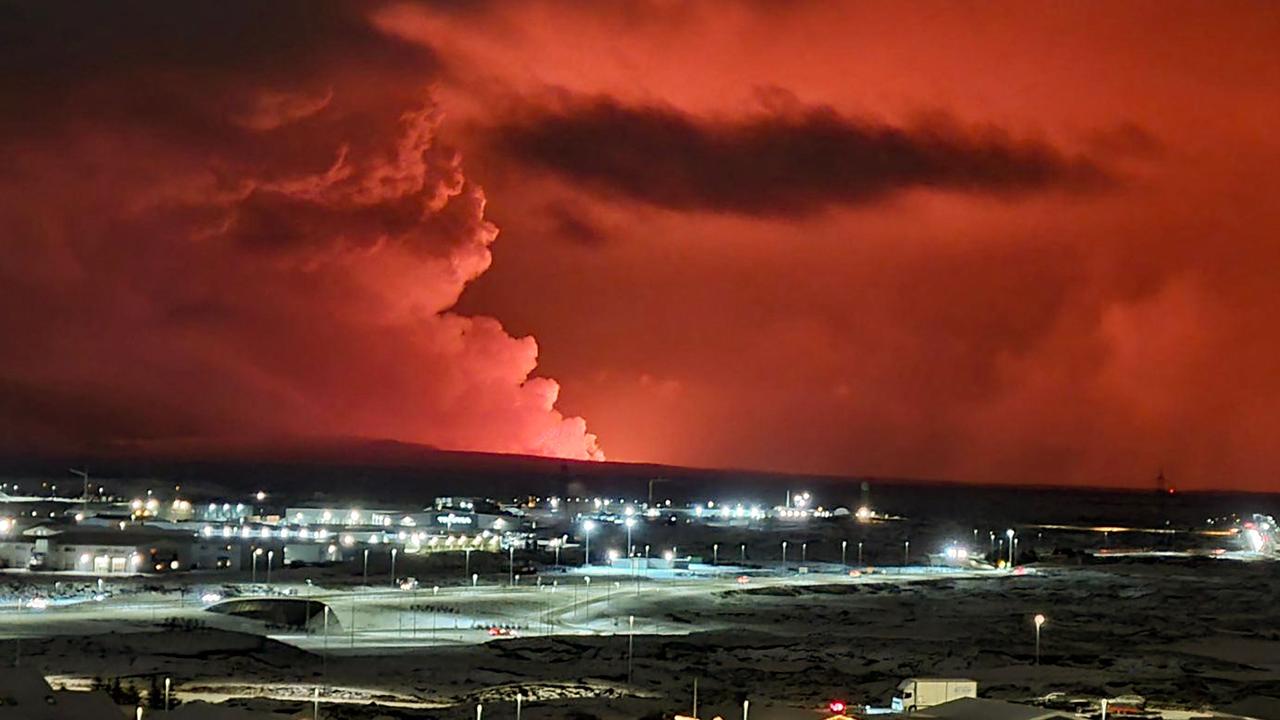
Vidir Reynisson, head of the Department of Civil Protection, urged people to stay away from the area, telling a local television station: “This is no tourist eruption.”
Public utility company Landsnet wrote on Facebook that it was very closely monitoring the eruption.
Despite fears prior to the eruption of the possible havoc it could cause global travel, Reykjavik’s international airport remained open. Operator ISAVIA said: “For the time being, no disruptions to arrivals or departures at Keflavik airport.”
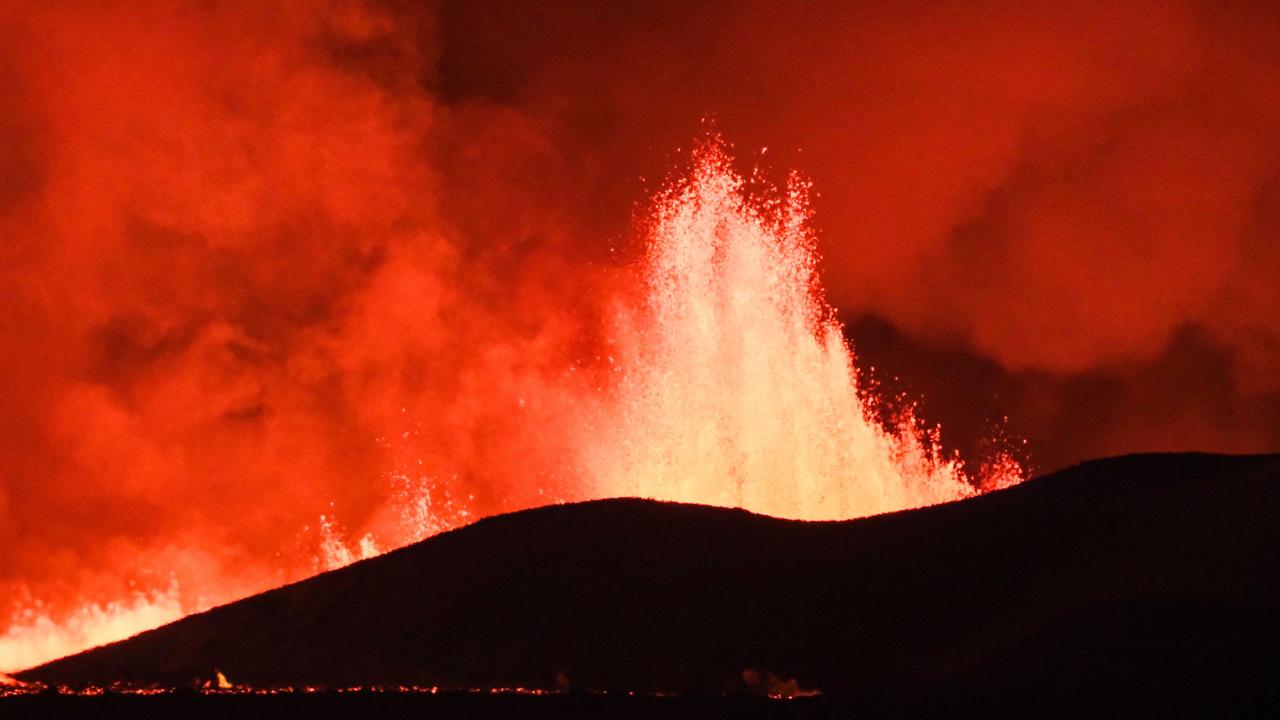

New era
Since October, thousands of earthquakes had been detected on the Reykjanes peninsula, and they were seen as a possible precursor to an impending volcanic eruption.
Roughly 4000 people were evacuated from Grindavik, a fishing port around 40 kilometres from Reykjavik, on November 11, after scientists determined that a tunnel of magma was shifting beneath them.
Residents told AFP the series of small earthquakes – sometimes hundreds per day – had damaged roads and buildings.
Since then, they have only been allowed to visit their homes during certain daylight hours.
Authorities have organised occasional trips into the village, escorting those with homes in the most perilous parts as they rescued everything from cherished pets to photo albums, furniture and clothing.
Volcanic eruptions are not uncommon in Iceland, which is home to 33 active volcano systems, the highest number in Europe. But the Reykjanes peninsula had not experienced an eruption for eight centuries until 2021.
Since then, three have struck, in 2021, 2022 and earlier this year – all in remote, uninhabited areas.
Volcanologists say this could be the start of a new era of activity in the region.
More Coverage
In 2010, the eruption of Iceland’s long-dormant Eyjafjallajokull volcano – an ice-capped volcano more than 1,660 metres tall – shot huge amounts of ash into the atmosphere. That explosive eruption was not fatal, but forced the cancellation of around 100,000 flights and left more than 10 million travellers stranded.
Situated in the North Atlantic, Iceland straddles the mid-Atlantic Ridge, a crack in the ocean floor separating the Eurasian and North American tectonic plates.
– with AFP


